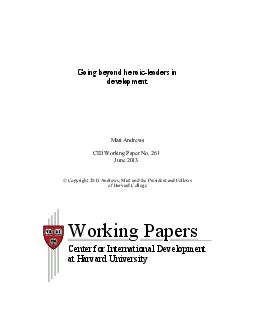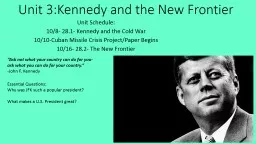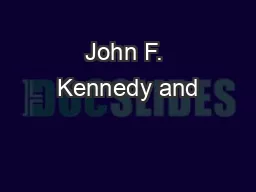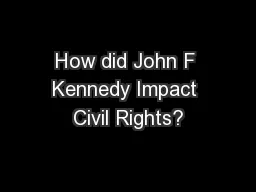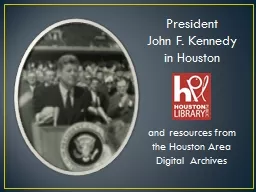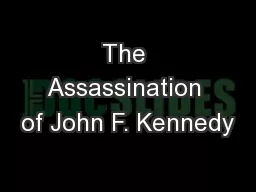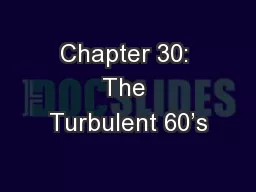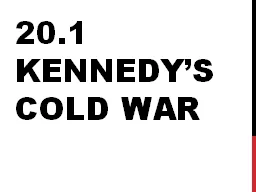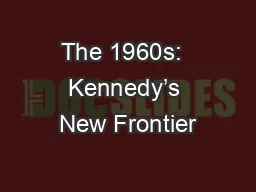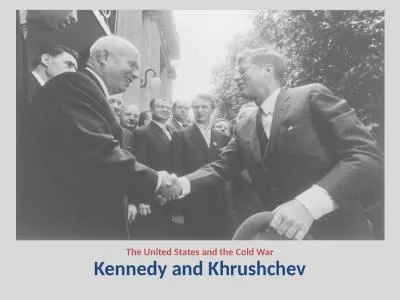PDF-Going beyondheroicleaders in developmentMatt AndrewsHarvard Kennedy Sc
Author : jane-oiler | Published Date : 2017-01-04
EstragonLet146s goVladimirWe can146tEstragonhy notVladimirWe146re waiting for GodotSamuel Beckett Waiting for GodotAndrea Unhappy is the land that breeds no heroGalileo
Presentation Embed Code
Download Presentation
Download Presentation The PPT/PDF document "Going beyondheroicleaders in development..." is the property of its rightful owner. Permission is granted to download and print the materials on this website for personal, non-commercial use only, and to display it on your personal computer provided you do not modify the materials and that you retain all copyright notices contained in the materials. By downloading content from our website, you accept the terms of this agreement.
Going beyondheroicleaders in developmentMatt AndrewsHarvard Kennedy Sc: Transcript
Download Rules Of Document
"Going beyondheroicleaders in developmentMatt AndrewsHarvard Kennedy Sc"The content belongs to its owner. You may download and print it for personal use, without modification, and keep all copyright notices. By downloading, you agree to these terms.
Related Documents

